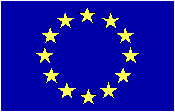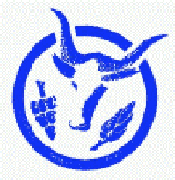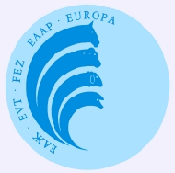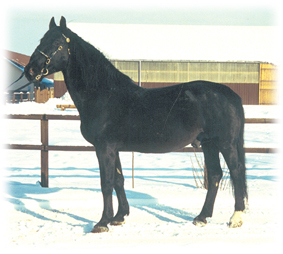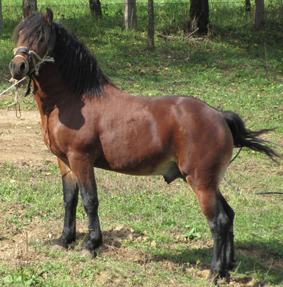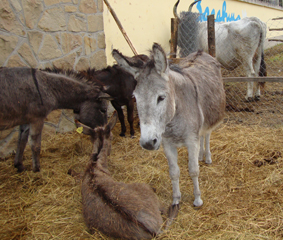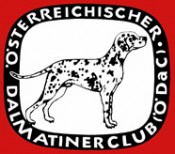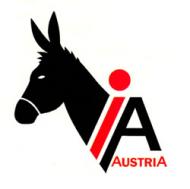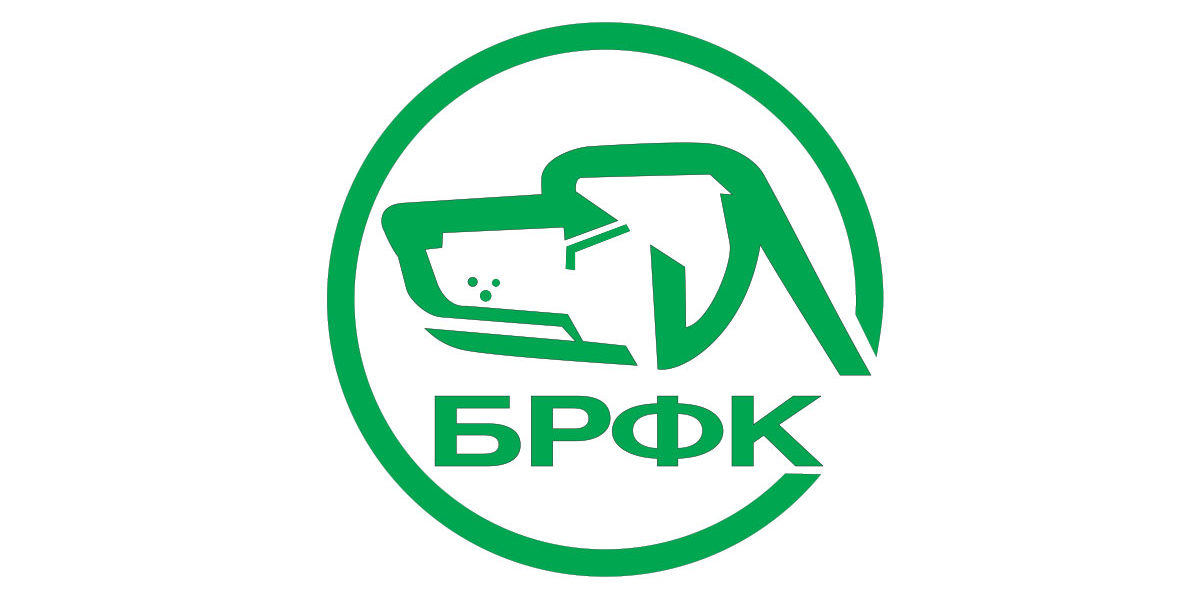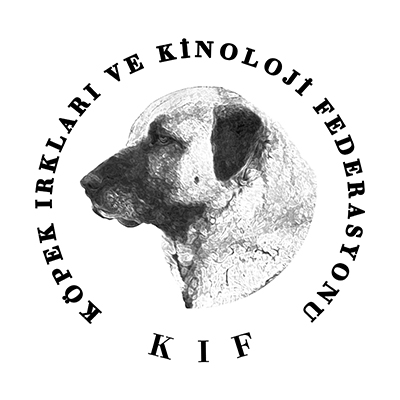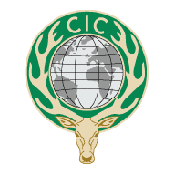Nonius
The development and formation of this breed took place in the first half of the 19th century, when the Austro-Hungarian Empire was worldwide known for its excellent, organized, and ordered stud farms, from which horses were exported to the entire Europe. This breed was formed by multiple interbreeding of Arabian, Lipizzaner, Norman and English thoroughbred mares with stallions imported from Normandy. Horses were concurrently bred in Hungarian Hortobágy and Slovakian town of Topolcany. It can be seen in North Serbia and Vojvodina. For a long time the Nonius had been used for military purposes, and it proved to be an excellent war horse.
Appearance and characteristics:
The Nonius is a worm-blooded horse. The average height at the withers of a stallion is around 67 inches (170 cm), and of a mare around 65 inches (165 cm). The average weight of a stallion is approximately 1323 pounds (600 kg), while mares are somewhat lighter and they can weight up to 1213 pounds (550 kg). Colours range from light chestnut to bay and black. The head is mid-sized. The Nonius is calm and docile.
Status: Highly endangered species.
The population in Serbia: 100-500 specimens in 2009 (data source: DAD-IS FAO)
_______________________________________________________________________________________
Serbian Mountain Pony
The horses of this breed are assumed to be distant descendants of the wild Tarpan and Przewalski’s horses, which were interbred with Arabian horses. It is classified into the group of ponies, so it can be found in literature under the name of Serbian Mountain Pony. In its characteristics it is very similar to the horses bred in Bosnia, Bulgaria, Macedonia and Romania.
Appearance and characteristics:
This is a horse of iron constitution, great strength, strong build and great tenacity. It is immune to illnesses, very well adapted to climate conditions of its living area, and satisfied with modest food and accommodation. It is very swift and agile even on rough mountain terrains, under various sorts of load, or when ridden by different kinds of riders. It is very docile, and at the same time very temperamental. The average height at the withers of this horse is from 51 to 55 inches (130-140 cm), chest circumference from 53 to 64 inches (135-162 cm) and tibia circumference from 6 to 7 inches (16-18 cm). Its weight is approximately between 660 and 880 pounds (300-400kg). The most common colour of hair is bay, then grey, white, black and chestnut. The Mountain Horse is a load animal, and it can carry between 220 and 264 pounds (100-120kg) in the packsaddle. Apart from that, it is used for draught and riding. (Photo: Darko Drobnjak)
Status: Highly endangered species.
The population in Serbia: 80-100 specimens in 2008 (data source: DAD-IS FAO)
_______________________________________________________________________________________
Balkan Donkey
The Balkan Donkey is one of the varieties of the donkey widespread almost in the entire world. It originated from the African Donkey (Equus asinus), whereas the Asian Donkey (Equus homionus) has never been domesticated.
Appearance and characteristics:
The Balkan Donkey is an indigenous primitive species. The weight of adult males can go up to 550 pounds (250 kg), and of female adults up to 440 pounds (200 kg). On average, the height at the withers of a male is around 40 inches (100 cm), and of a female around 37 inches (95 cm). Colour can be grey, brown, dark grey and chestnut. As for the nourishment, the Balkan Donkey is very modest because it is content with small amount of bad and stodgy food, and it can work for a very long time. It is widespread in the mountain areas of Serbia and Montenegro. This donkey reaches sexual maturity between the age of 2 and 2.5. Mating is possible during the entire year, but as a rule it takes place in spring. After the gestation period of 12-14 months, usually one young is foaled, but sometimes even twins can be born. The period of lactation lasts from 6 to 9 months. (Photo: Milivoje Urošević)
Status: Endangered species
The population in Serbia: 500-1000 specimens in 2009. (data source: DAD-IS FAO)
_______________________________________________________________________________________


